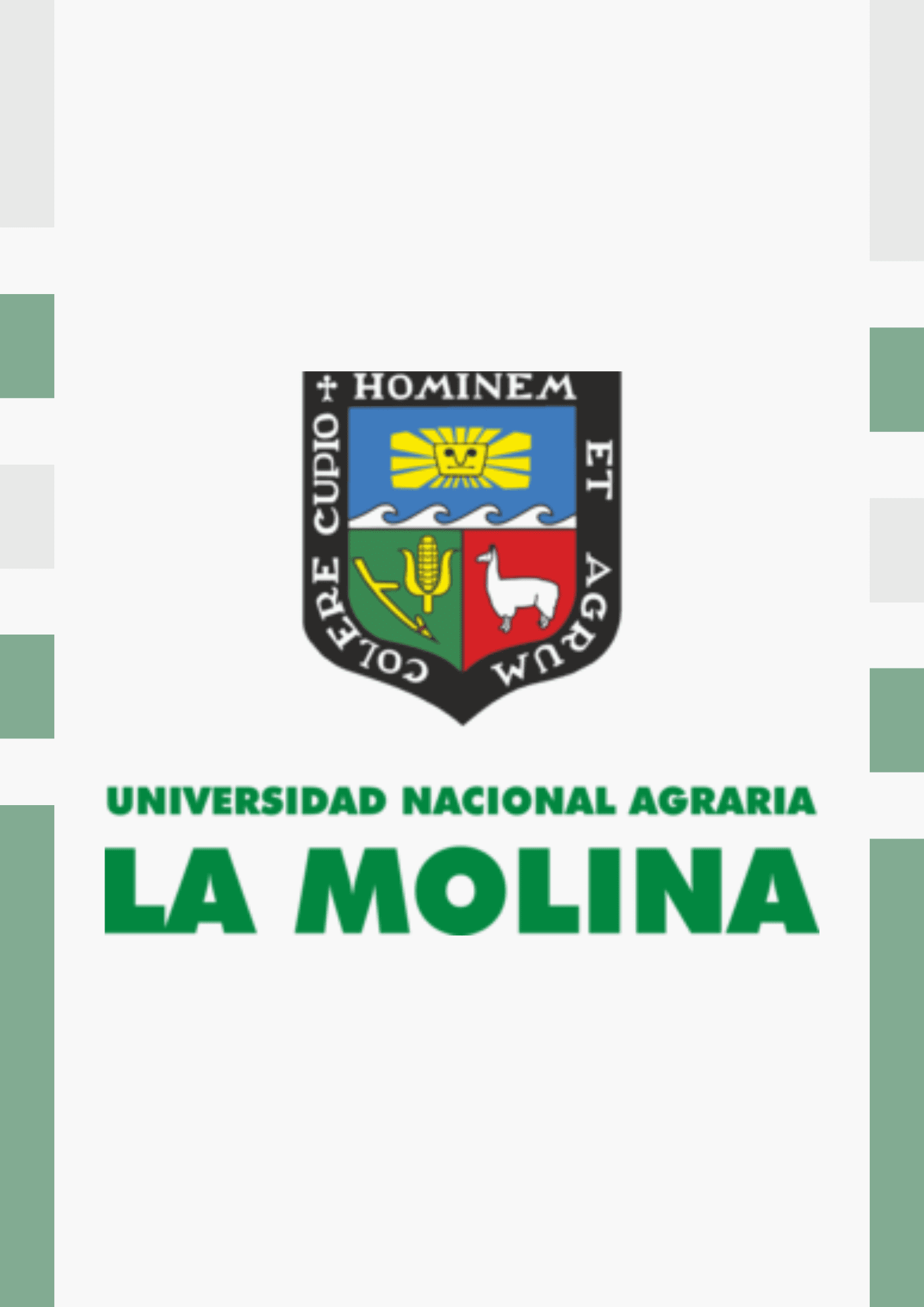Riesgo ambiental por Fullereno en Daphnia magna (Crustacea: Daphniidae) mediante un índice ecotoxicológico a nivel multigeneracional
| dc.contributor.advisor | Flores del Pino de Wright, Lisveth Vilma | |
| dc.contributor.author | Ramos Velásquez, Luis Marcelo | |
| dc.date.accessioned | 2025-07-22T16:38:38Z | |
| dc.date.available | 2025-07-22T16:38:38Z | |
| dc.date.issued | 2025 | |
| dc.description | Universidad Nacional Agraria La Molina. Escuela de Posgrado. Maestría en Ciencias Ambientales | |
| dc.description.abstract | Los estudios ecotoxicológicos son importantes en la Evaluación de Riesgos Ambientales (ERA) de muchos contaminantes en diversos medios como el acuático mediante una serie de parámetros a ser evaluados denominados biomarcadores. El Fullereno C60 pertenece a una serie de nanocompuestos cuyos riesgos se están evaluando y determinando en los últimos años, pero aun con mucha carencia de información a nivel crónico. El presente trabajo consistió en proponer un índice el cual se encarga de integrar una serie de parámetros que fueron evaluados en Daphnia magna, a nivel multigeneracional, desde F0 hasta tres camadas de la F2. Los resultados indicaron que, a nivel agudo, se obtuvo un CL50 de 101,67 mg/L, siendo una concentración alta con respecto a otros resultados bibliográficos, también con un incremento de 34,04% a 78,09% con respecto de los controles. A nivel crónico se obtuvieron incremento de la actividad enzimática Superóxido dismutasa (SOD), Catalasa (CAT), Capacidad Antioxidante y pesos, así como ligeros decrecimiento en las tallas y la tasa de reproducción en los tratamientos con CL10 de Fullereno C60 (40 mg/L) con respecto de los controles en la mayor parte de las generaciones y los tratamientos de generaciones en recuperación. Para el caso del índice IBR, se ha reportado como mínimo valor 1,55 en el control de F2-C1, y el máximo valor 3,24 en F2-C2 en tratamiento con Fullereno. Sin embargo, no se han reportado diferencias significativas entre tratamientos (p > 0,05). Se concluye que estos índices, si bien es cierto, pueden ser una herramienta importante para la ERA, se requiere investigaciones previas de los compuestos a evaluar, determinar mediante una serie de ensayos qué parámetros utilizar y se puede utilizar otros organismos indicadores para obtener valores más precisos. | |
| dc.description.abstract | Ecotoxicological studies are important in the Environmental Risk Assessment (ERA) of many contaminants in various environments such as aquatics through a series of parameters to be evaluated called biomarkers. Fullerene C60 belongs to a series of nanocomposites whose risks are being evaluated and determined in recent years, but there is still a great lack of information at a chronic level. The present work consisted of proposing an index which is responsible for integrating a series of parameters that were evaluated in Daphnia magna, at a multigenerational level, from F0 to F2 three litters. The results indicated that, at the acute level, an LC50 of 101,67 mg/L was obtained, being a high concentration with respect to other bibliographic results, also with an increase from 34,04% to 78,09% with respect to the controls. At the chronic level, an increase in the enzymatic activity Superoxide dismutase (SOD), Catalase (CAT), Antioxidant Capacity and weights was obtained, as well as a slight decrease in the sizes and the reproduction rate in the treatments with LC10 of Fullerene C60 (40 mg/ L) with respect to the controls in most of the generations and the recovery treatments. In the case of the IBR index, a minimum value of 1,55 has been reported in the control of F2-C1, and the maximum value of 3,24 in F2-C2 in treatment with Fullerene. However, no significant differences between treatments have been reported (p > 0,05). It is concluded that these indices, although it is true, can be an important tool for the ERA, previous investigations of the compounds to be evaluated are required, determining through a series of tests which parameters to use and other indicator organisms can be used to obtain precise values. | |
| dc.format | application/pdf | |
| dc.identifier.uri | https://hdl.handle.net/20.500.12996/7215 | |
| dc.language.iso | spa | |
| dc.publisher | Universidad Nacional Agraria La Molina | |
| dc.publisher.country | PE | |
| dc.rights | info:eu-repo/semantics/openAccess | |
| dc.rights.uri | https://creativecommons.org/licenses/by-nc-nd/4.0/ | |
| dc.subject | Evaluación de riesgo ambiental | |
| dc.subject.ocde | Pendiente | |
| dc.title | Riesgo ambiental por Fullereno en Daphnia magna (Crustacea: Daphniidae) mediante un índice ecotoxicológico a nivel multigeneracional | |
| dc.type | info:eu-repo/semantics/masterThesis | |
| dc.type.version | info:eu-repo/semantics/publishedVersion | |
| renati.advisor.dni | 07935967 | |
| renati.advisor.orcid | https://orcid.org/0000-0002-8478-680X | |
| renati.author.dni | 44751740 | |
| renati.discipline | 521087 | |
| renati.juror | Palma, Juan Carlos | |
| renati.juror | Quinteros Carlos, Diana Zulema | |
| renati.juror | isitación Figueroa, Lizardo | |
| renati.level | https://purl.org/pe-repo/renati/level#maestro | |
| renati.type | https://purl.org/pe-repo/renati/type#tesis | |
| thesis.degree.discipline | Ciencias Ambientales | |
| thesis.degree.grantor | Universidad Nacional Agraria La Molina. Escuela de Posgrado | |
| thesis.degree.name | Magister Scientiae - Ciencias Ambientales |
Files
Original bundle
1 - 3 of 3
Loading...
- Name:
- ramos-velasquez-lui-marcelo.pdf
- Size:
- 2.77 MB
- Format:
- Adobe Portable Document Format
- Description:
- Texto completo

- Name:
- TURNITIN.pdf
- Size:
- 5.08 MB
- Format:
- Adobe Portable Document Format
- Description:
- Informe originalidad

- Name:
- Formato de REPOSITORIO.pdf
- Size:
- 245.21 KB
- Format:
- Adobe Portable Document Format
- Description:
- Autorización
License bundle
1 - 1 of 1

- Name:
- license.txt
- Size:
- 1.63 KB
- Format:
- Item-specific license agreed upon to submission
- Description:

